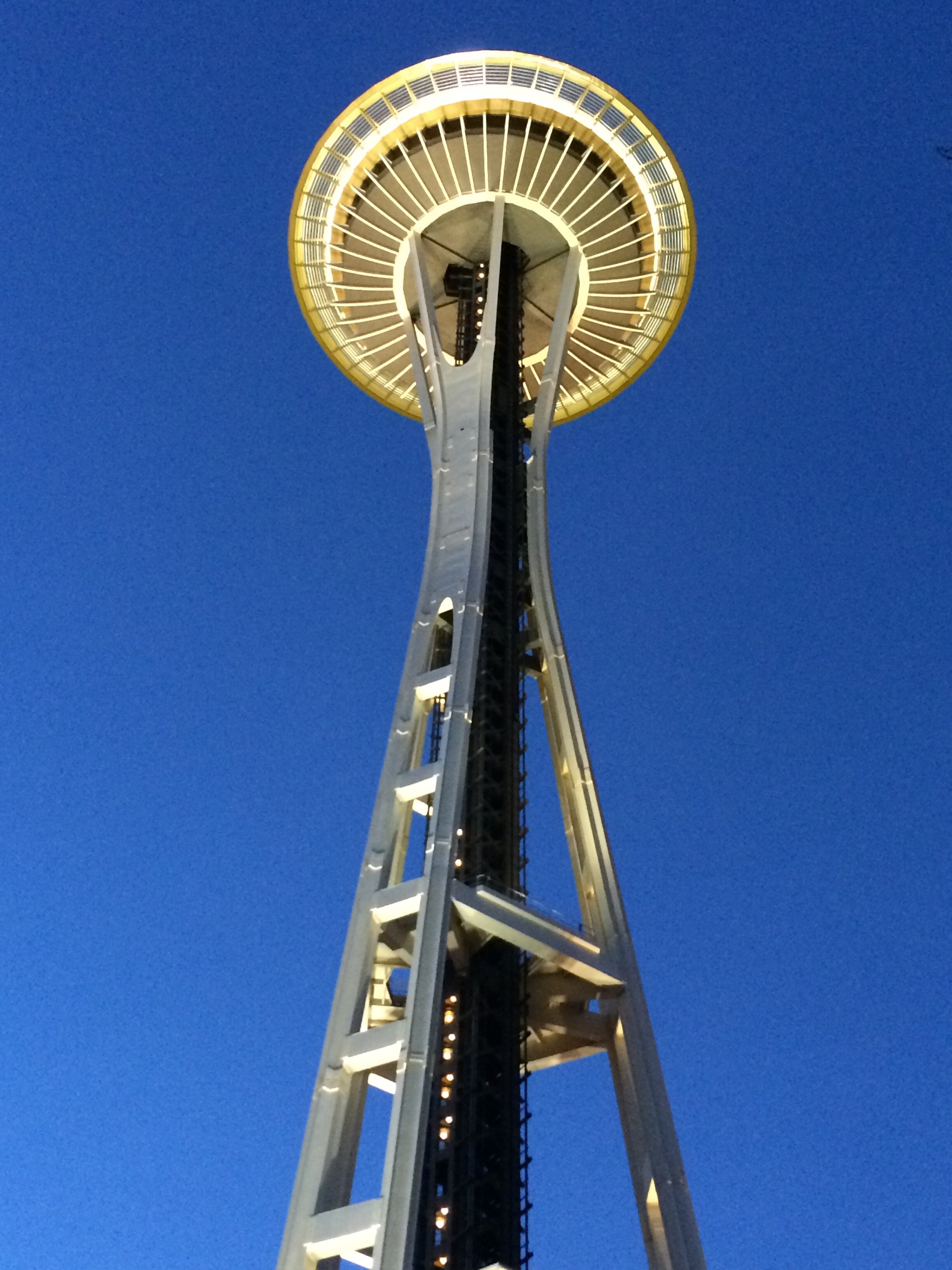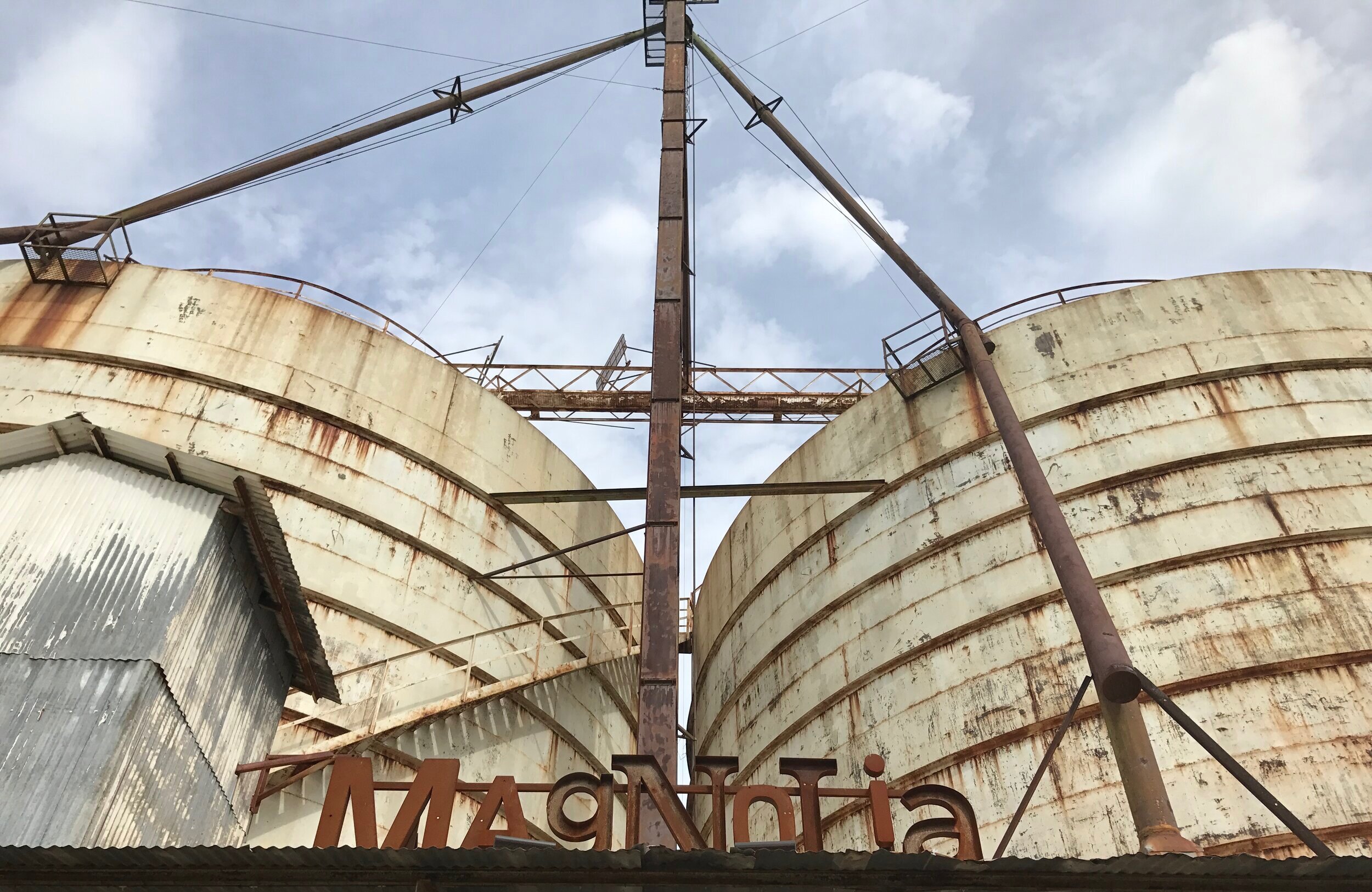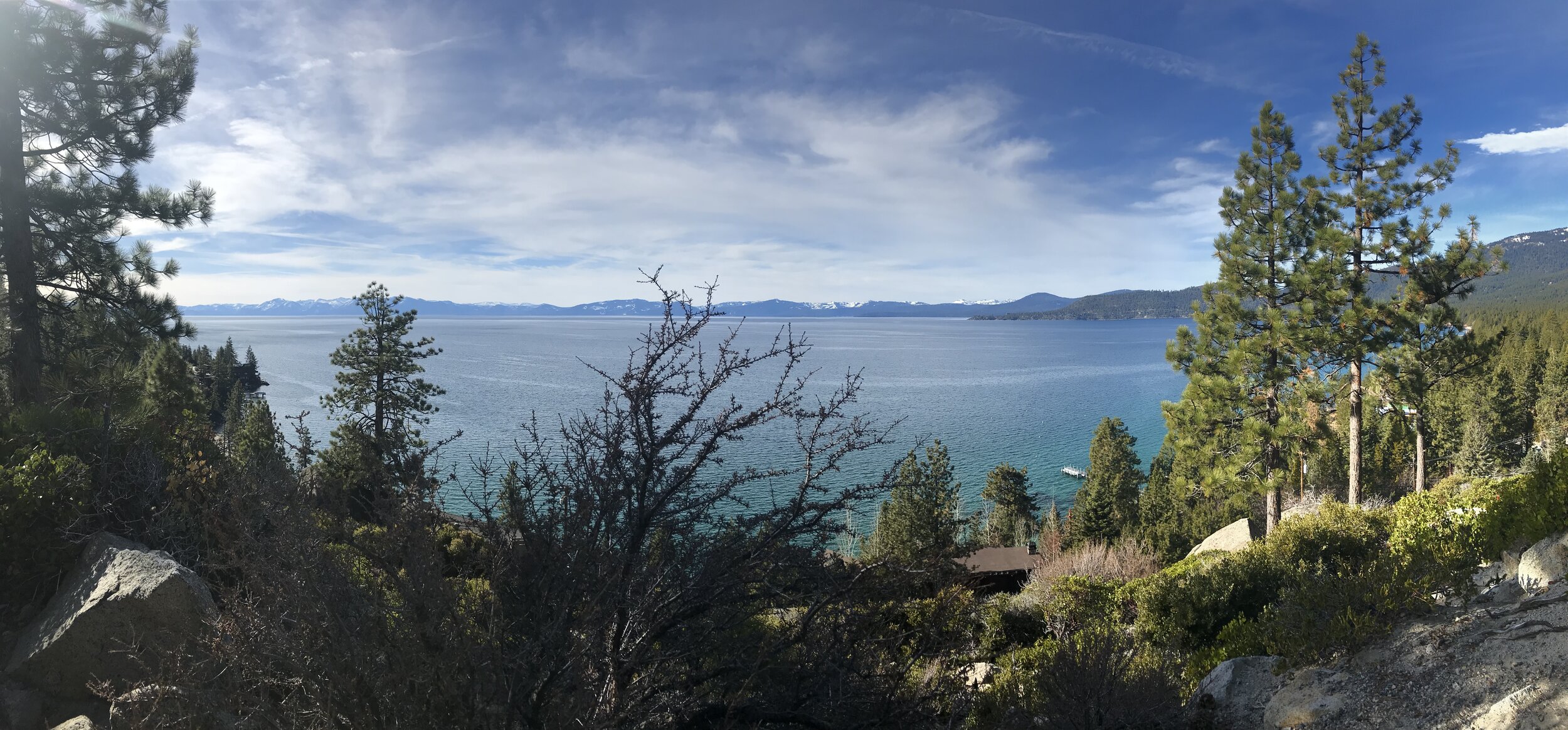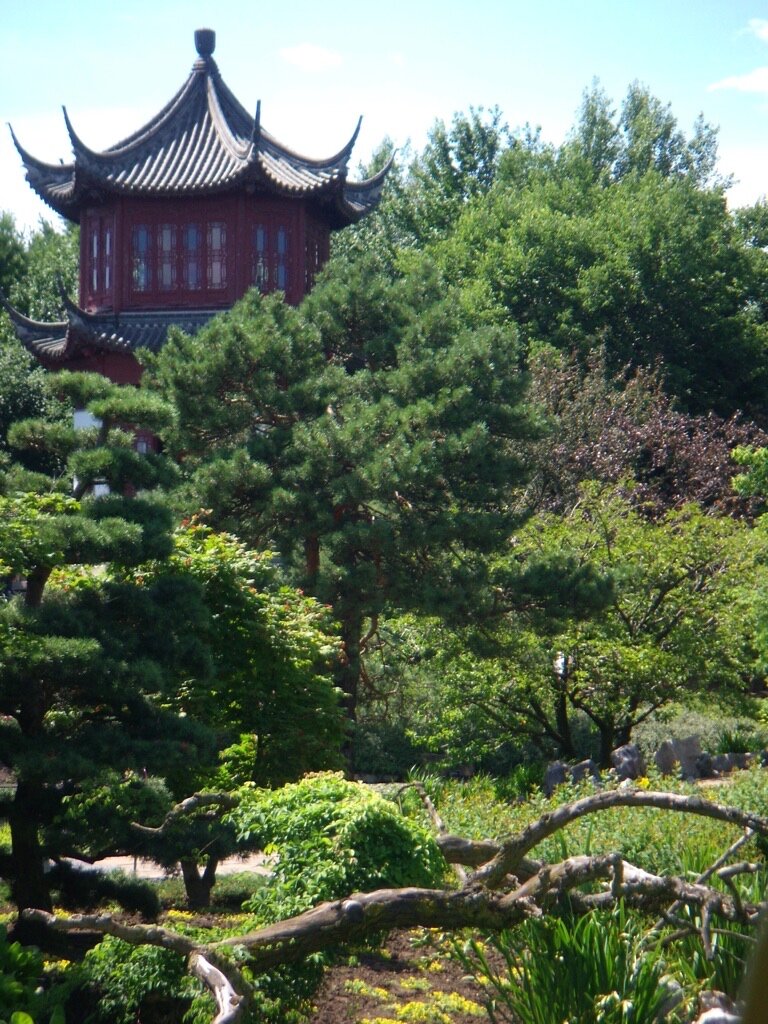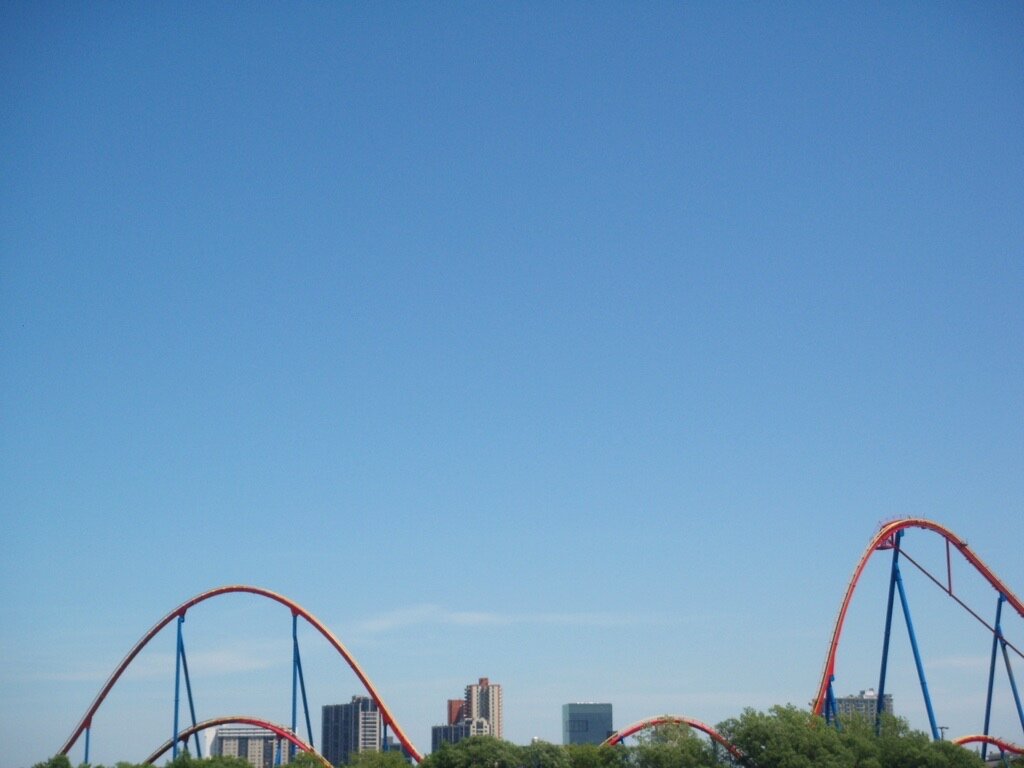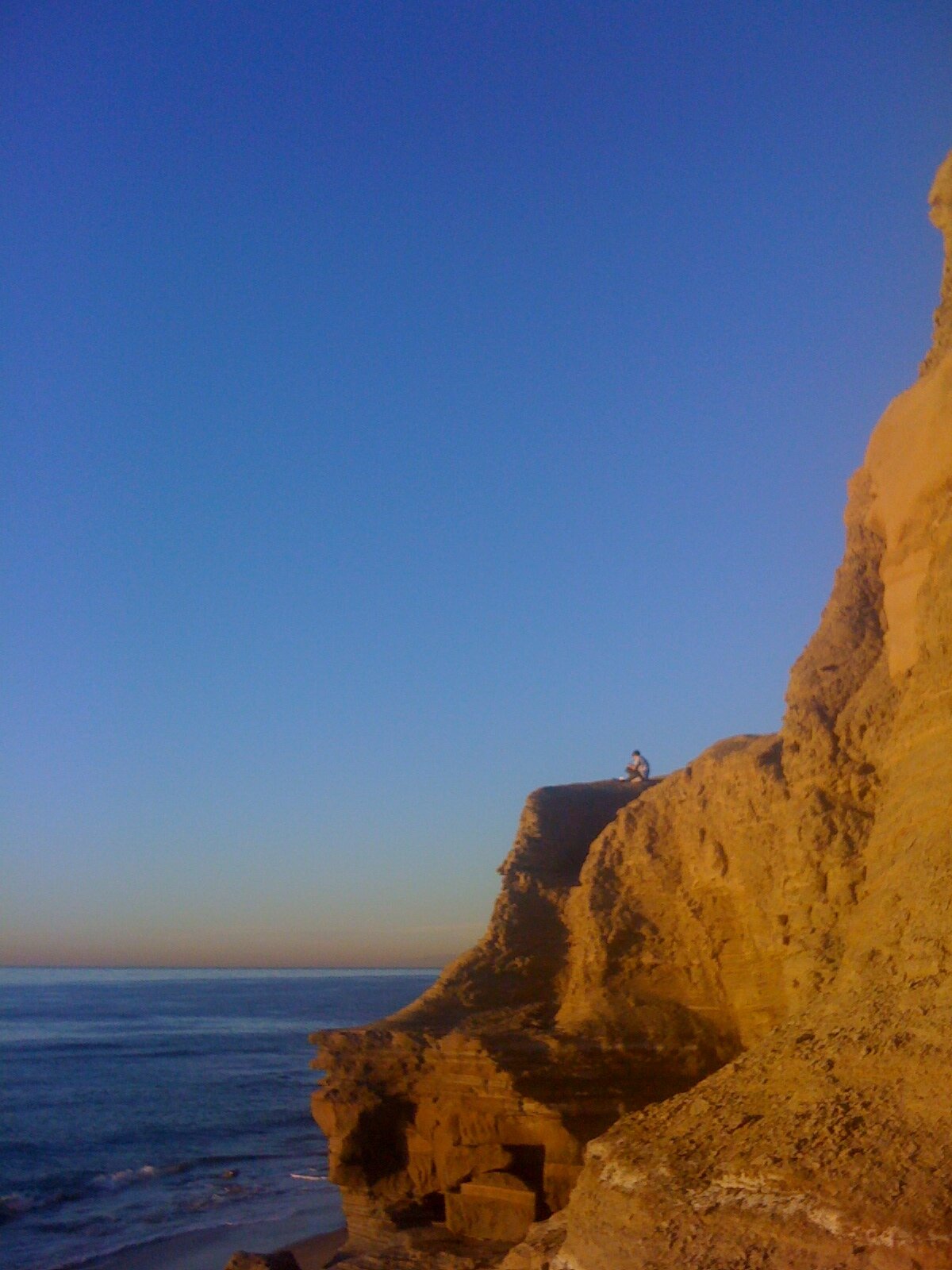I began my vintage camera collection in 2004 when I found this 1920’s Kodak vest pocket camera on a photography site similar to ebay and was shocked to find out that it still worked. It had just one owner who took very good care of it.
It arrived in perfect timing for an upcoming trip I had planned to Montreal and was going to be a great opportunity to experiment with the settings. I had no idea how any of the pictures were going to turn out, but it didn’t stop me from have so much fun playing around with it. It’s strange to work with a film camera after using an SLR or a phone where you can see, adjust and delete pictures immediately. Older film cameras really force you to rely on your natural composition skills in framing each picture. Then, there is the dreaded wait time of one week or so for the pictures to come back. To my surprise one of the picture that turned out was the one below from the most beautiful street in Old Montreal. I was in disbelief (I may have whimpered or cried a bit, but whatever) at the sight of this picture. It reminded me of “camera obscura” photos. Camera obscura refers to early photography with obscura meaning “dark chamber.” The camera, a dark box had a pin hole for light to enter which would cast a foggy haze over a picture and along the edges. In college, I had a failed attempt at making a camera obscura, I made the box and put the pin hole in just fine but then I used printer paper like a dodo head. My friend Joey Checchia, an amazing photographer and artist, shook his head and was way too kind to me. I deserved a little verbal beating for that one. Oh well, lesson learned…the hard way yet again.
You definitely do not need to be a professional photographer or wealthy to learn and experiment with cameras from any generation. My advice is to purchase used camera bodies and lenses. I love the idea of taking pictures today with something that was made so long ago that still functions with the results combining both worlds. Too hippy dippy? Eh, it’s okay, most people have a dirty little hippy living inside them just waiting to burst out and have some creative fun. Let em out, I say!
Here is a link to learn more about early photography. I’ll share pictures of my tin types along with the other vintage cameras in my collection in another post.










